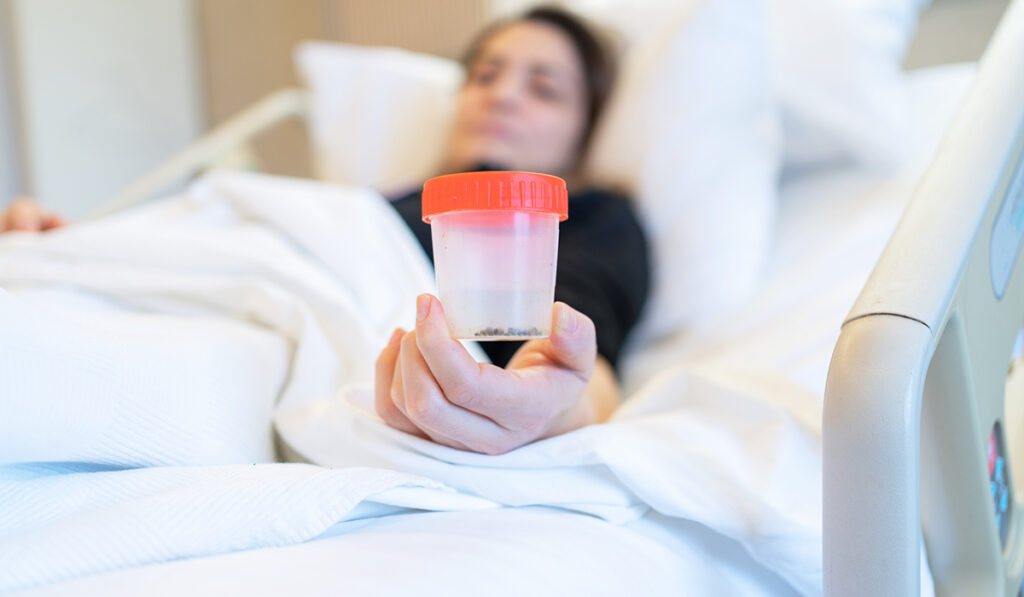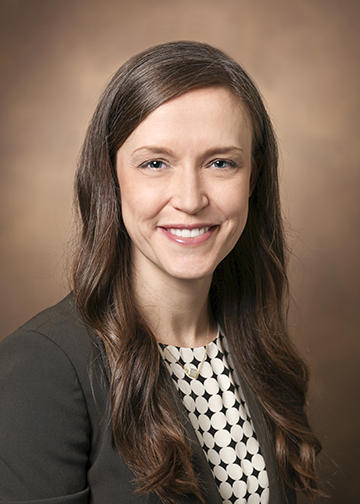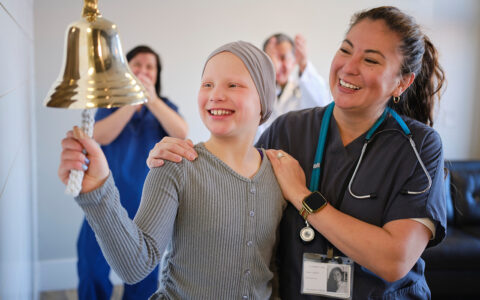A rapid increase in kidney stones among children and adolescents over the past two decades has spurred new research interest, says Abby Taylor, M.D., a pediatric urologist at Monroe Carell Jr. Childrens Hospital at Vanderbilt.
“Most of the data we use to inform our choices is based on adult literature. This is the first pediatric study to look at this issue in a longitudinal way,” Taylor said.
Three Surgeries To Consider
When stones are too large or too painful to pass, managing urologists may recommend removal via one of three methods: ureteroscopy, percutaneous nephrolithotomy, or shockwave lithotripsy. Each is a proven strategy to eliminate kidney stones in adults. However, overall effects may differ in younger patients, Taylor says.
“We really want to know if there is a difference in quality of life for kids. For example, shockwave sounds like a great option as it does not require any scopes or incisions, but once the stone is broken up, the patient still has to pass the smaller stone fragments.”
Ureteroscopy is the current method of choice for pediatric stone surgeries, based on the location and size of stones, Taylor says.
“Ureteroscopy offers very high stone clearance rates. However, as compared to adults, a ureter in a child tends to be smaller, and may require a separate dilation procedure before we are able to insert the scope to retrieve the stone. This means the patient may require two separate anesthetic events. That’s a big difference for patients.”
More Than Clearance
With support from the Patient-Centered Outcomes Research Institute, the current trial seeks to understand patient experiences in addition to stone clearance rates.
“Proper selection of surgical treatment options, which is directed by patient-specific factors and individual treatment goals, is the greatest determinant of successful outcomes,” wrote the PKIDS team in their trial listing.
The researchers are enrolling 1,290 participants across 31 study sites, including Vanderbilt, where Taylor serves as site principal investigator.
Eligible participants are 8 to 21 years old undergoing planned removal of at least one kidney or ureteral stone via one of the three major surgical modalities. Six weeks after each procedure, the researchers measure stone clearance via ultrasound, plus patient-reported outcomes within seven days and again at 90 days post-procedure. Researchers will also measure unplanned hospitalizations, ED visits, and repeat surgeries out to 90 days.
Growing Need for Options
The trial results could arm pediatric urologists with data to better guide patients and families seeking treatment for kidney stones. A growing patient population could benefit, Taylor explained.
“Kidney stones are quite common in kids, and becoming more common in areas where obesity and dehydration are an issue, like the South,” she said.
Trial results may also underscore the need for expanded options in children’s hospitals, Taylor explained.
“The scopes used for ureteroscopy are typically available in pediatric centers; it’s just a scope,
Taylor said. “But shockwave lithotripsy requires a pretty big machine. It can be rented, but we also have to send some kids to the adult hospital for treatment.”
By working together, PKIDS researchers can compare surgical approaches and outcomes between institutions, with the goal of ultimately informing standards of care to help formalize treatment guidelines.






